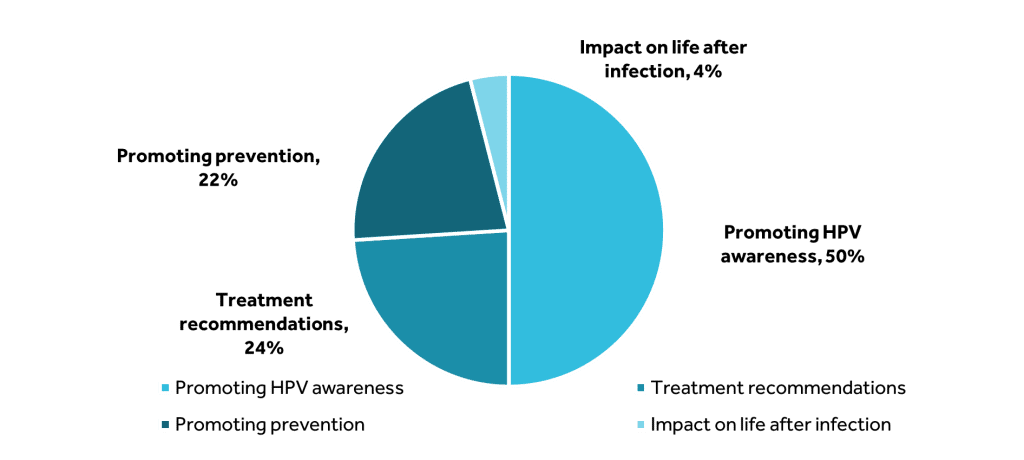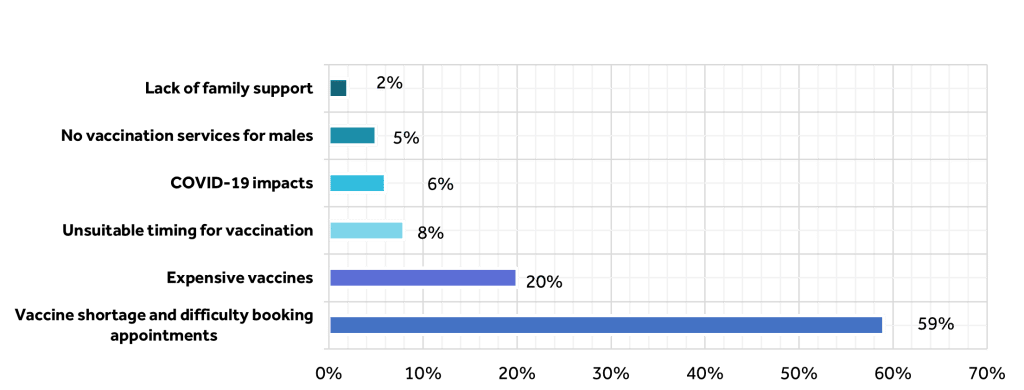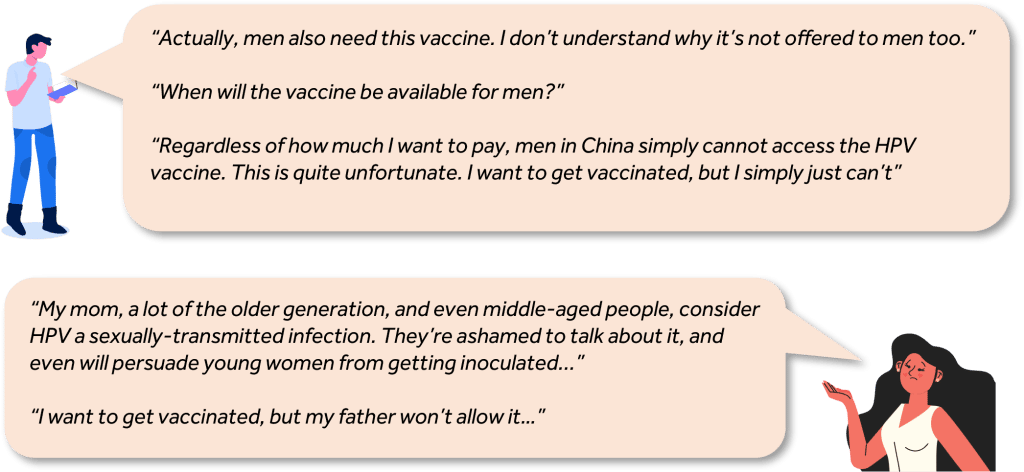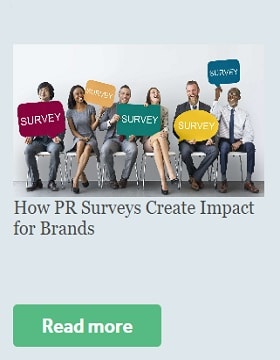
IPO Communications Strategy: How Comms Can Shape IPO Success

Now Is the Time for Agriculture PR
Social Media Listening: A Case Study on Public Awareness of HPV
August 2022

This article was originally published in Sandpiper North Head China Healthcare Outlook 2022 Issue 6. Sandpiper North Head is Sandpiper’s operation in China, specialised in strategic communications and public affairs supporting clients in understanding China’s dynamic policy environment to develop strategies on stakeholder and issue mapping, expanding government outreach, and cultivating media relations.
Introduction: Social Media Listening Methodology
Social Media Listening (SML) is the process of identifying conversations, mentions, or sentiments regarding a chosen brand, product, business, topic, or individual on social media platforms, then analysing them for insights to discover opportunities to further strengthen or correct reputation, address gaps of knowledge, or introduce new topics to audiences. The practice of SML began with social media, but can now cover all online text (i.e. digital newspapers, Apps, websites, online forums, and video platforms) and can be combined with traditional media monitoring too.
SML allows you to develop a comprehensive understanding of how the public at large or certain segments of it think about a topic by analysing what they say on social media and wider digital channels. Benefits include:
- Understanding and engaging with your audience by gaining a better understanding of their interests
- Developing industry and competitor intelligence to better position your brand in the marketplace
- Enhancing product intelligence with insights into what’s working and what’s not and what are the recurring questions of customers
- Avoiding crises before they happen based on an up-to-date understanding of audiences’ reactions
- Identifying opportunities for collaboration with influencers on various social media and other digital channels

Case Study: Public Awareness of HPV
May 2022, China – a post about genital warts with frightening illustrations released by “Dr. Xu Chao” on Weibo received significant attention and sparked hot discussion about its trigger—human papillomavirus (HPV).
Inspired by this post, our client, a women’s health NGO, wanted to discern the public’s understanding of HPV and see if there are any prevalent misconceptions to better understand their target audience, improve engagement, and strengthen messaging within campaigns that raise public awareness around HPV.
We used “HPV” and its corresponding Chinese terms as keywords to collect data online. From March 1 to May 31, 2022, HPV was mentioned more than 1.41 million times in China, primarily on platforms such as Douyin (i.e. Tiktok in China), Weibo, Little Red Book (i.e. Xiaohongshu), and WeChat. The type of content on different platforms varied.

General knowledge of HPV, HPV vaccination, and vaccine prices

HPV transmission routes, infection symptoms, vaccine reservations and immunizations

Treatments, daily notices, vaccine reservation methods, and vaccination processes

Vaccine reservations and proper vaccination age
Discussions Around HPV
During our research for the client, we analysed healthcare professionals’ discussions about HPV vs the general public’s awareness of the virus.
Healthcare Professionals
Healthcare professionals mainly focused on four aspects, including promoting HPV awareness (e.g. virus types, infection symptoms, transmission routes, infection groups, testing and screening, and the relationship between HPV and cervical cancer), treatment, prevention, and the impact on life after infection.

Based on the research data, we identified the communications gaps and opportunities:
- Due to the low volume (4%) of content on “impact on life after infection”, relevant companies or organizations could consider leveraging this topic as a potential angle to develop campaigns.
- The topic of prevention, a key aspect Healthy China 2030, is also a valuable perspective for developing relevant articles or science popularisation content for multinational corporations that have vaccines or treatments for certain diseases. Governments and healthcare organizations (such as hospitals or NGOs) can also leverage this angle to drive messages behind prevention and its benefits from economic, public health, and individual perspectives.
General Public
From our research, more than half of the conversations were lacking an understanding of HPV. Education programs should be targeted according to the public’s doubts and questions about HPV.

Based on the research findings, many conversations have shown that the public is lack of knowledge about different types of HPV and its corresponding severity. For viruses or diseases with complexities such as different strains, many questions may arise. Therefore, our recommendations were to craft effective communications breaking down the medical information to help patients and the general public understand the complex conditions.
Discussions around HPV vaccines
During our research, we also aimed to discern what people thought about HPV vaccines, as well as try to understand the challenges that arise when trying to inoculate key populations.
Barriers preventing HPV vaccinations

Two factors accounted for the highest percentages—individuals have difficulty making appointments, which delayed many people from receiving inoculations until they were beyond the age to receive the shots, and the overall expense and burden of HPV vaccines.
Interesting findings
SML can also uncover discussions which your clients may not have considered or been aware of before—in this case, lack of family support and no vaccination services for males.

Social Media Listening is a powerful practice that allows companies to zoom in on the target audience, understand their behaviours, and make data-driven decisions. To learn more about how to stay on top of the social trends across the Asia Pacific region, strategise your communications programme with an audience-centric, research and data-driven approach, Contact Us today.





